How Islamic Revolution won hearts and minds in Indian Subcontinent
By Mehdi Moosvi
The triumphant homecoming of Imam Khomeini, the charismatic leader of the Islamic Revolution, this week 44 years ago, marked the beginning of religious and political awakening not only in Iran but across the world.
Soon after the glorious revolution in 1979, Imam Khomeini declared that the Islamic Republic of Iran would challenge the world’s "arrogant powers” and export the revolution that inspired millions of people worldwide.
The visionary leader's message was loud and clear: to rise against the hegemonic powers and support the oppressed and weak.
The powerful currents of the revolution soon spread far and wide, including in South Asia, home to hundreds of millions of Muslims.
Professor Ali Mohammad Naqvi, a renowned Islamic scholar and head of the Dara Shikoh Center for Interfaith Studies at India's Aligarh Muslim University, vividly recalls those days when the Pahlavis fled and Imam returned.
He was studying in Iran at the time and remembers the tremendous euphoria and excitement among people who poured into the streets across Iran to welcome the great leader of the Islamic Revolution.
“I was present in Iran at the time of the revolution in 1979, after fleeing the Saddam regime in Iraq,” Professor Naqvi told the Press TV website in an interview, recalling his participation in the historic event.
“What I saw was the whole of Iran rising on the call of the great Imam Khomeini. It was like India rising on the call of Mahatma Gandhi for its independence from British or France rising during the French Revolution."
Revolution a 'turning point'
Professor Naqvi, who has authored several seminal books on Islam, said the revolution marked the "turning point" in Iran's history and ushered in the era of truth, justice and equality.
“People who witnessed those events are truly privileged, and I consider myself privileged for being present in Iran when the West-backed Shah was ousted," he noted.
“Imam Khomeini not only spearheaded the great revolution but also revolutionized the role of clergy and religious leaders. He demonstrated that the role of a cleric is not limited to seminary education, but to serve people from all walks of life in the field."
On how the Islamic Revolution gained popularity across the world, drawing people from different cultures, castes and creeds, Professor Naqvi said one of the countries where the impact was phenomenal was India, the land of diverse cultures.
“A very significant impact the Islamic Revolution had in India was the return of educated youth and intellectuals toward their religion and beliefs,” Professor Naqvi said.
“The message of Imam Khomeini reached the important Muslim centers of India, such as Lucknow and Kashmir, and revolutionized the religious thinking of Shias in particular and Muslims in general throughout the globe."
He said the revolution "enabled people to recognize the true essence of Islam because of the mighty stance Imam Khomeini took.”
“Even many Hindus were impressed by the heroic act of Iranians to stand up against tyrants. No doubt, the revolution was the initial step toward a fresh chapter of relations between India and Iran," Dr. Naqvi hastened to add.
'Long Live Khomeini'
Dr. Raza Abbas, Assistant Professor of Shia Theology at India's Aligarh Muslim University, turned deeply nostalgic while recalling memories of what he witnessed in India at the time of the 1979 Islamic Revolution.
“I clearly remember people frolicking with joy in the lane where my house was situated (in a northern Indian city), and they cheered while raising slogans of “Khomeini Zindabad” (long live Khomeini)," Dr. Abbas told Press TV website.
“After the revolution, I remember we used to unfailingly read a magazine named ‘Rah e Islam’ (the way of Islam), that talked about the Islamic revolution and the life and legacy of Imam Khomeini.”
Dr. Abbas said the great revolutionary leader's unwavering and brave struggle against the West-backed Pahlavi monarchy "will always be a source of inspiration for those who want to raise their voice against a corrupt ruler or corrupt system.”
Article 154 of the Iranian Constitution clearly affirms that the Islamic Republic “supports the just struggles of the ‘mustazafin’ [oppressed] against ‘mustakbirun’ [tyrants] in every corner of the globe”.
After 1979, and following changes in Iran's foreign policy, many started looking up to Iran for spiritual leadership and political and moral support, especially Muslims in the Subcontinent.
“The establishment of a just system is one of the most significant ideals of Islamic society, and the Islamic Revolution made it happen,” Dr. Abbas asserted.
"The impact of the revolution was felt most at the religious and spiritual level. The Muslims of the Subcontinent took great inspiration from the Islamic revolution as it strengthened their religious consciousness and identity."
Revolution as voice of Muslims
Professor Naqvi said Iran emerged after the 1979 revolution as "the ultimate voice of Muslims, as it raised the issues of the Muslim world, such as the Palestinian cause.
“It also enabled peaceful dialogue and understanding between the Shia and Sunni communities in India, the result of which is that today both of them are united," he said.
Apart from political and economic linkages, India and Iran have other affiliations too.
India’s Shia Muslim minority, which makes up more than 40 million people, and accounts for approximately 20 percent of the country's Muslim population, is the second-largest Shia concentration in any country, after Iran with around 80 million population.
“After 1979, Shias gained power. People in India, especially Hindus, started giving more importance to them, unlike before,” said Professor Naqvi.
“Persian language and culture also got a boost in India after the revolution. As a result, Persian is now considered a classic Indian language in the new Education Policy of India,” he hastened to add.
Both Tehran and New Delhi cite historic ties between the two old civilizations as the underpinning of their time-tested relationship.
According to Indian strategists, New Delhi sees Iran as its “overland gateway to the Central Asia region and Afghanistan”, a prime partner for tackling terrorism and bringing regional stability.
“The revolution has played a great role in portraying the rational and spiritual face of Islam and with India being an important regional player, it has with Iran managed to bring regional stability, especially in countries like Afghanistan and Iraq,” Dr. Abbas said.
As Iran enters its 44th glorious year of freedom from the shackles of the Pahlavi dictatorship and US imperialism, it continues to take a stand against oppressors while being the voice of the oppressed.
“There is no doubt that the revolution has shown the entire world that Islamic teachings are in tune with modern liberal thinking and technology," Dr. Abbas noted.
“It (Iran) has shown a glimpse of spiritual and ethical politics of today’s world order.”
Professor Naqvi compares the Islamic Revolution with the Islamic Golden Age, which lasted from the 8th to the 14th century, saying that the revolution marked "the revival of the golden age of Islam.”
“It is because of the Islamic Revolution led by Imam Khomeini that today Iran is seeing its beautiful amalgamation of spiritual and scientific progress,” he stated.
Mehdi Moosvi is an Indian journalist, presently based in Tehran.
(The views expressed in this article are the author's own and do not necessarily reflect those of Press TV.)
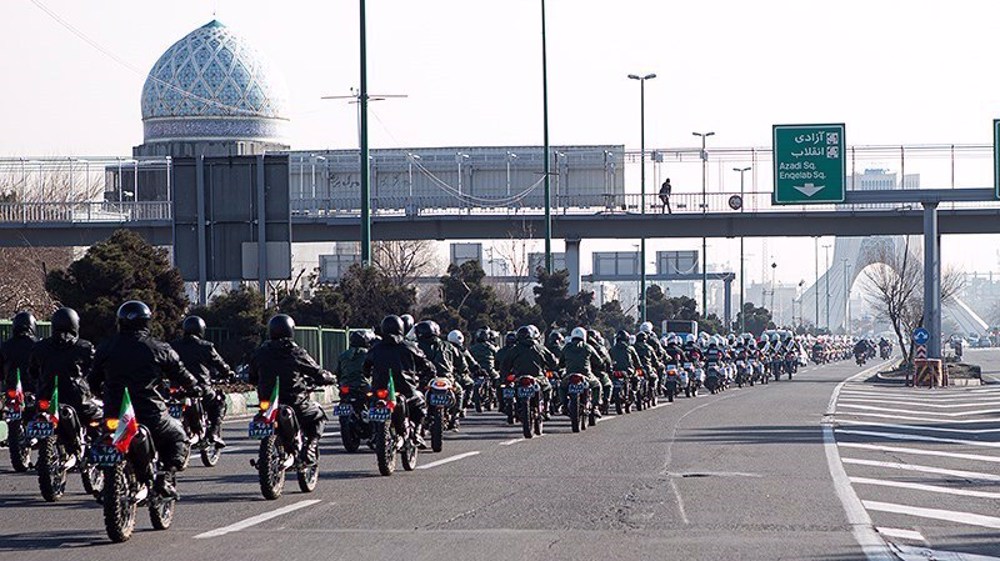
Iran begins celebrations marking victory of Islamic Revolution
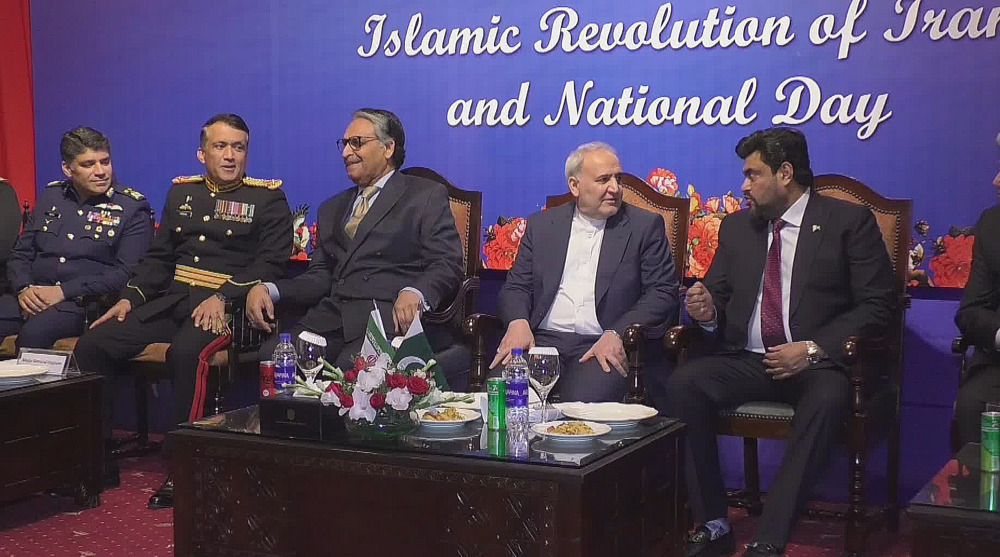
Pakistan joins global celebrations marking Iran’s Islamic Revolution anniversary
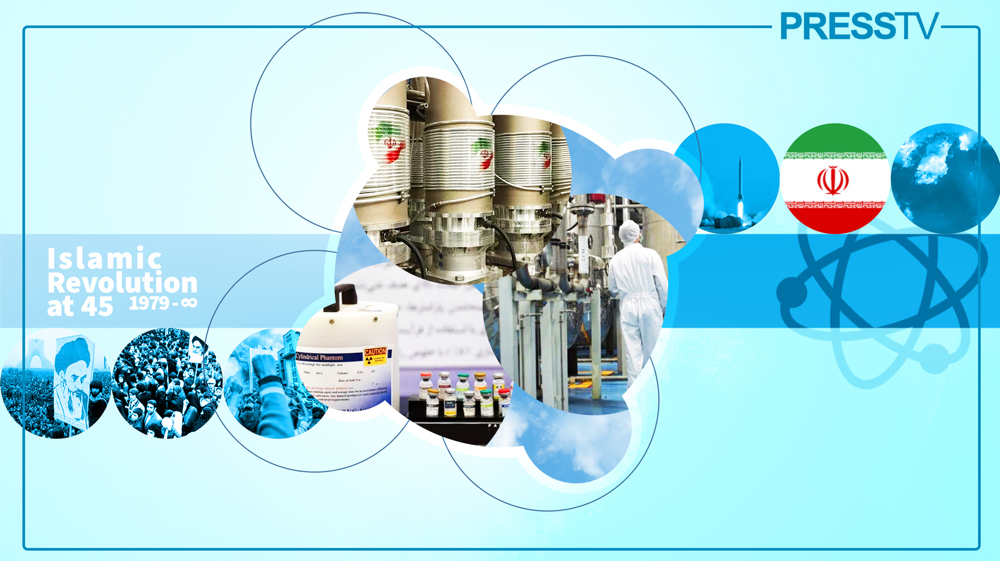
Islamic Revolution at 45: Iran continues to take giant leaps in nuclear technology
VIDEO | Trump’s health cuts spark nationwide protests
Euronext says US resembling emerging market as trade war escalates
Iranian intelligence forces dismantle Takfiri terrorist network
VIDEO | Press TV's news headlines
VIDEO | Israel systematically cripples Gaza NGOs
VIDEO | Iran opens advanced nuclear medicine center
Israel beats drums of war in run-up to Iran-US talks
US war machine takes Yemen under 22 new attacks; 16 killed, injured in al-Hudaydah


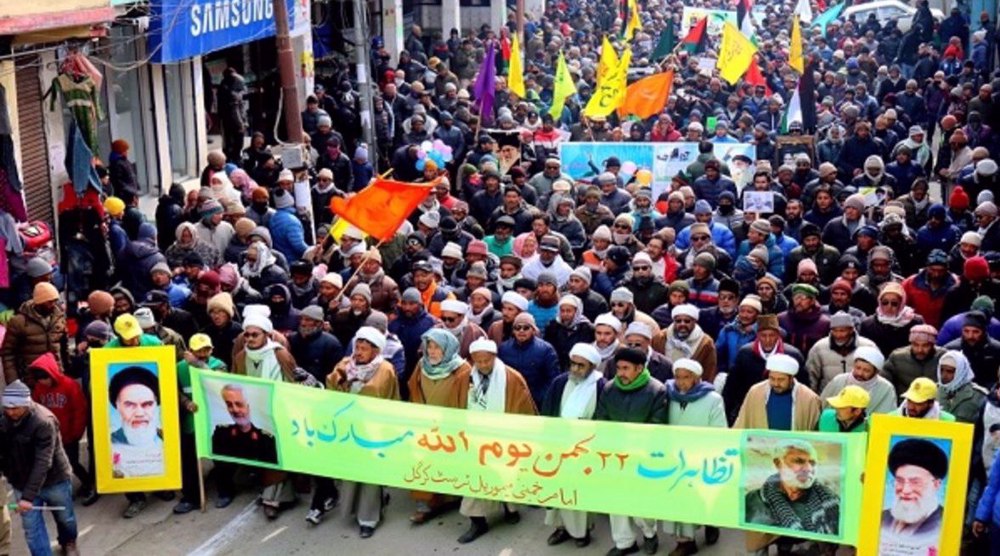



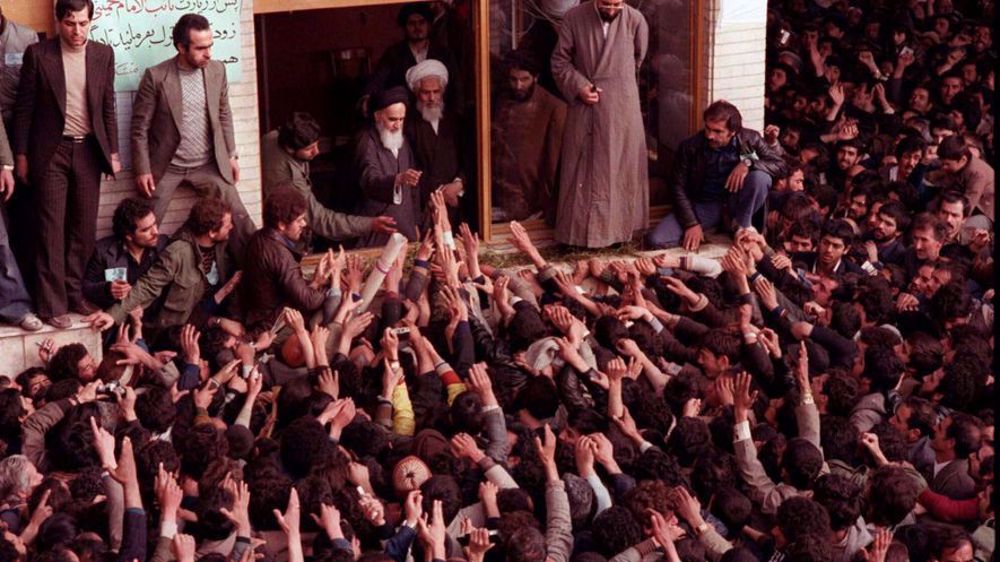
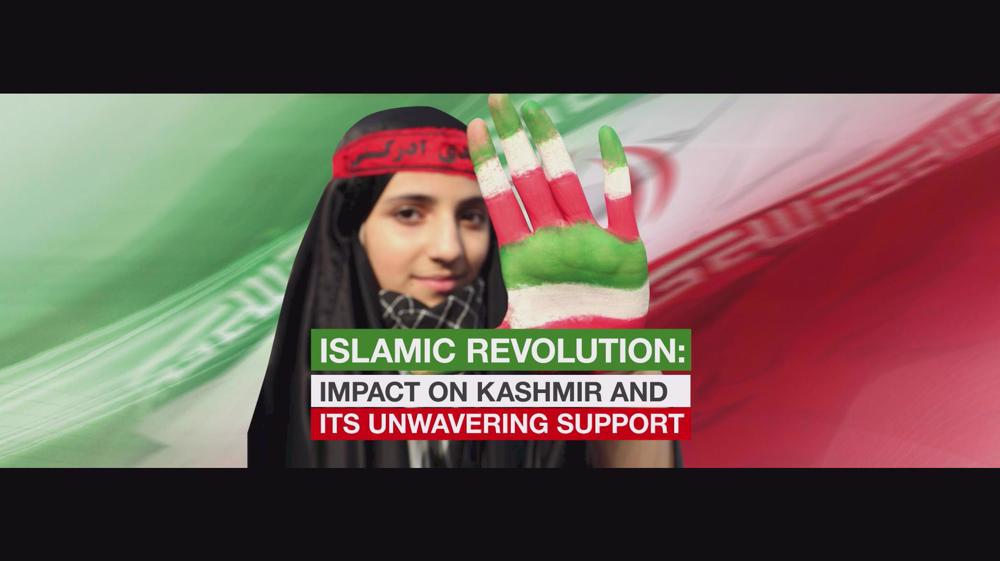
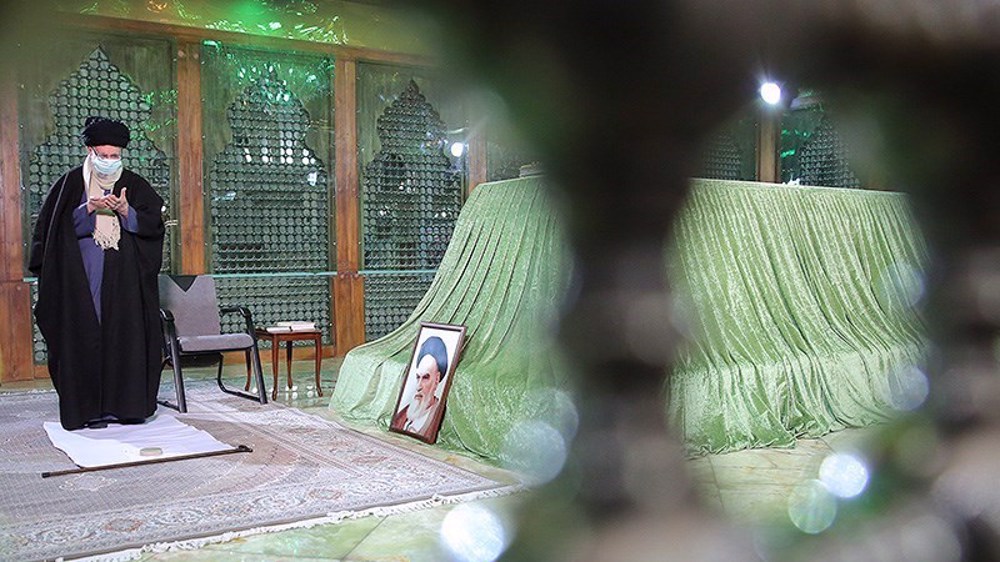

 This makes it easy to access the Press TV website
This makes it easy to access the Press TV website